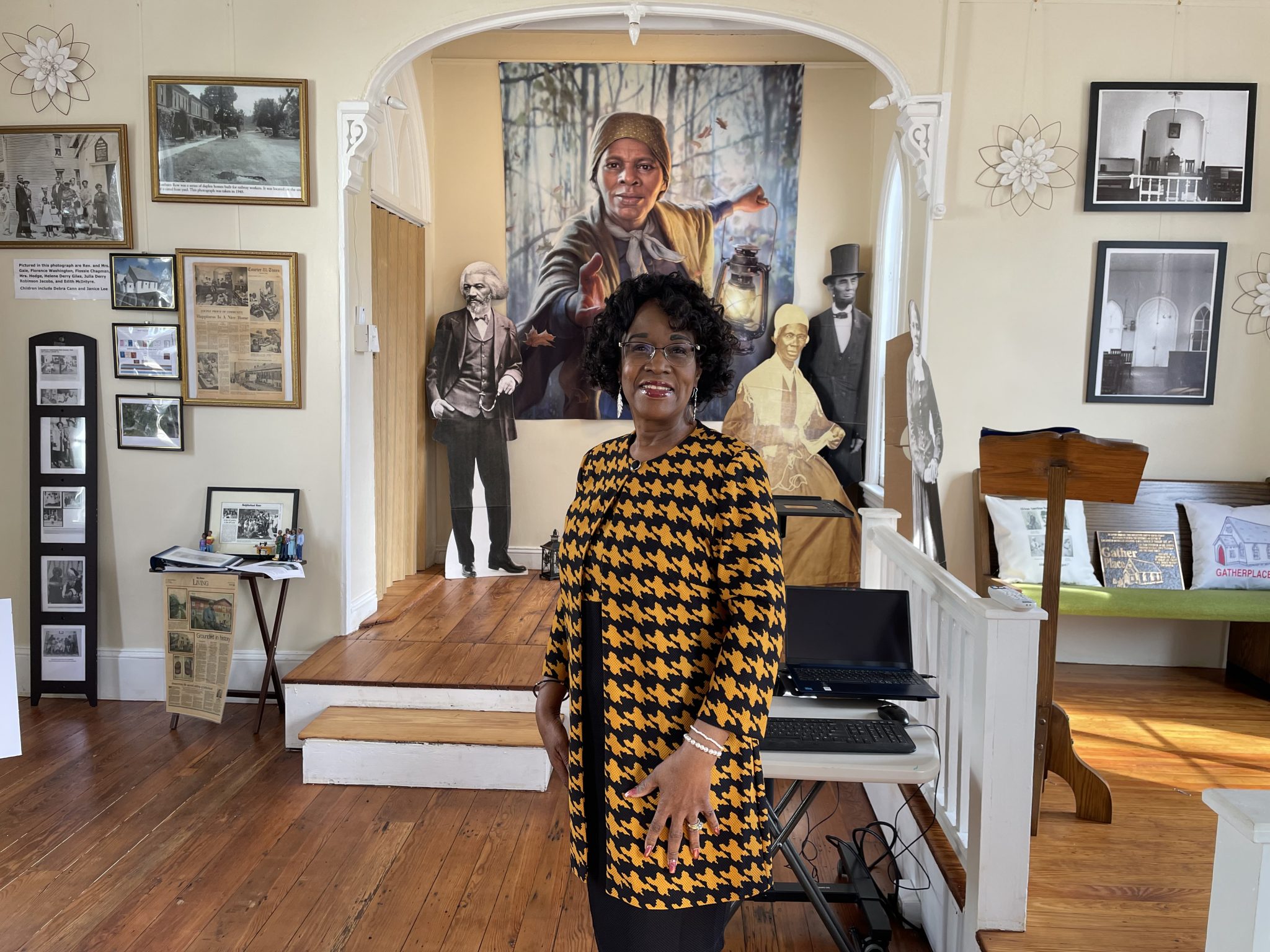On a quiet block of Canal Street, away from the bustle of Main Street, sits a vital landmark for a once burgeoning African American community in Yardley. “Main Street may be Yardley’s heart, but this place is its soul,” says Shirley Lee Corsey (pictured above). She is the current caretaker of the Old African Methodist Episcopal (A.M.E.) Church of Yardley, which she protects and nurtures under her nonprofit, Gather Place.
Corsey is the third generation of her family to live in Yardley and is an energetic conservator not only of the church and its history, but of the stories of her community and the role of African American families who came before her.

A Brief History of the Old A.M.E. Church of Yardley
In 1877, the African Methodist Episcopal (A.M.E.) Church was erected, replacing a site of worship dating back to 1817, when the Free People’s Church of Yardleyville gathered in a hay barn. Originally dubbed “The Colored Church,” it was founded by African American ministers and congregants from Trenton, New Jersey, who purchased the land in Yardleyville.
Today, the A.M.E. Church of Yardley stands as the oldest surviving former place of worship in Yardley Borough, marked by a church cornerstone. The historic location holds significance and is listed in the National Register of Historic Places, preserving its rich heritage.
Yardley was settled by Quaker minister William Yardley, who arrive from England seeking religious freedom. “Because this was a Quaker community, they felt welcomed,” says Corsey. “They felt safe.” The town and its economy developed around its grist mill, and the completion of the Bristol-New Hope section of the Delaware Canal grew the town and its importance.
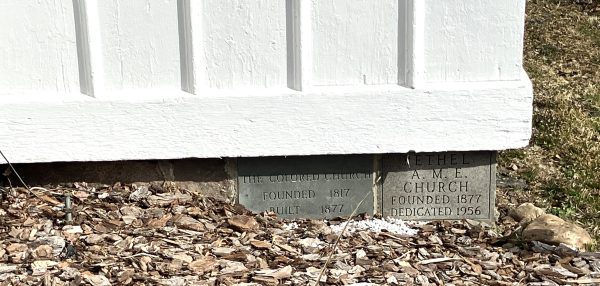
There is speculation the original place of worship (established in 1817) may have served as an important link in the Underground Railroad with its strategic placement alongside the Delaware Canal.
The small, white Gothic Revival building built in 1877 still stands today as a testament to the legacy of vibrant working class African American community that lived here in Yardley Borough’s Historic District. Corsey’s family home is the only one remaining in residential African American ownership on South Canal Street. The church’s last remining members included the Derry family, the oldest known African American family in the community. (Mary Derry is noted in the 1850 census; she was born in 1790.) Members of the Derry family owned a small boat they used to haul coal in the early 1800s along the Delaware Canal.
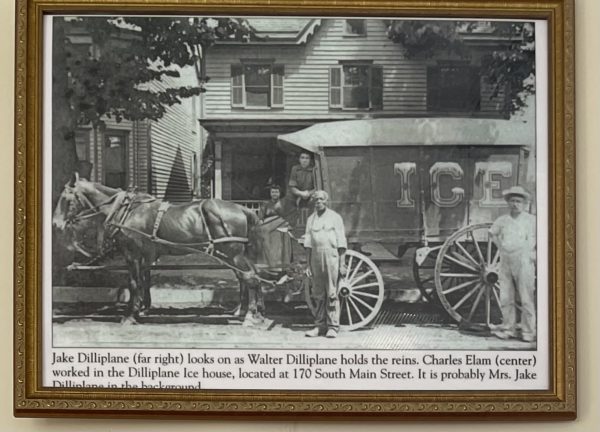
“This street was part of an integrated, working-class neighborhood,” says Corsey, with twin-style row houses built for railroad workers in the late 19th and early 20th century by the railroad company. The church played a central role in the growing community.
In the 1950s and 60s the Bethel A.M.E. Church of Yardley served its community in other ways as well, offering tutoring for neighborhood kids and providing temporary shelter during floods. Youth programs continued into the 1970s, as church membership began to decline.
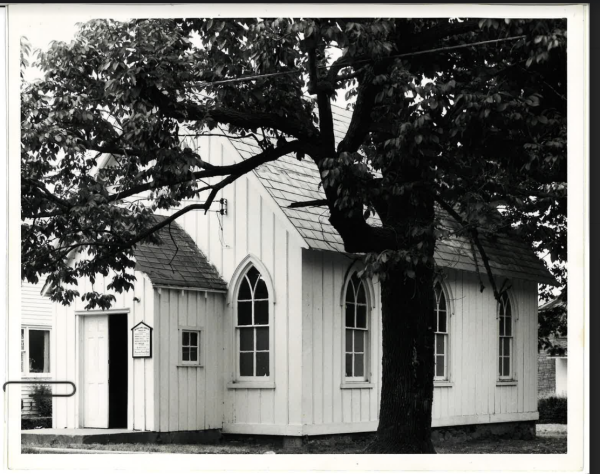
The A.M.E. Church of Yardley Joins Heritage Conservancy’s Register of Historic Places
Helene Derry submitted the application that added the Bethel A.M.E. Church of Yardley to our Register of Historic Places in 1982. (Heritage Conservancy was Bucks County Conservancy at the time.) The black and white photos featured above came from that original application and are on display in the museum today. The church is also a National Historic Landmark.
In the 1980s, when church membership dropped to five families and members were unable to pay the A.M.E. Conference, Julia Derry Robinson Jacobs fought to save the church, breaking with Bethel A.M.E. and re-establishing the church as Jacobs Tabernacle. After her death in 1990, it became a neighborhood food pantry and eventually closed. The historic building and its once vital community languished, and the demographics of the neighborhood continued to shift.

Gather Place, A New Beginning
As the church fell into disrepair in the 2000s, Corsey took an active interest in saving it. She grew up just down the street, and her house is the only one on the block that is still owned by an African American family. As she nods to Julia Jacob’s work in saving the church in the 90s, she says, “I picked up the torch.”
Corsey became the legal conservator of the property in the summer of 2022 and took on the daunting task of preserving and restoring the structure – moving quickly to raise funds to preserve and repair the building, shoring up the church’s roof and exterior and restoring its interior. She set up a nonprofit organization and enlisted family to help.
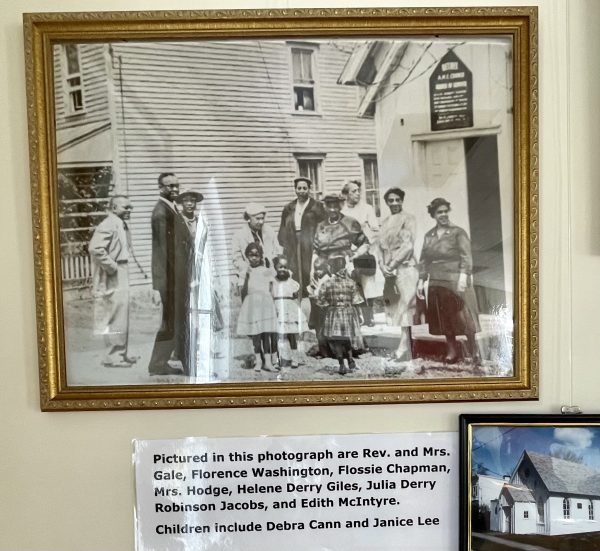
In September of 2022, Corsey opened Gather Place here, a museum and community space that documents the history of Yardley, its African American community, and the story of the church itself. The museum hosts exhibits and programming around the Underground Railroad, Yardley’s Quaker history, and the diverse communities that shaped this Bucks County community.
Photos and thoughtful displays pay homage to the families who established the church, including the Derry family, and other notable members of the church and the community into the 20th century.
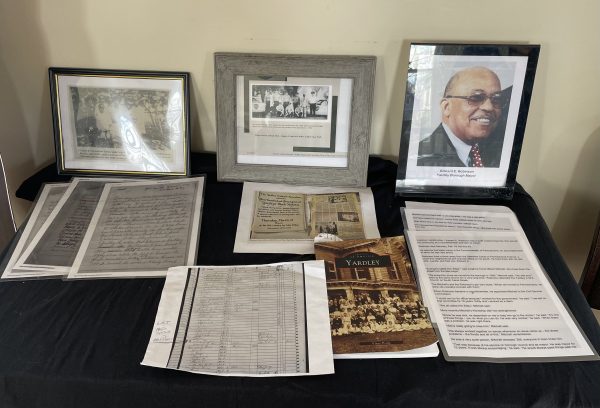
Corsey is steeped in knowledge of and pride in her community. She points out that the first Black mayor in Pennsylvania’s history was Edward E. Robinson, who served as Yardley Borough’s mayor from 1977 – 1989. His photo is displayed alongside multiple generations of local leaders and working people. The story of the historic Black church is woven into a larger narrative. Docents are conversant in the history of Yardley’s founding and its role in the greater history of the region and guide visitors.

Generational Voices and Blessings
Earlier this month, Gather Place secured a $75,000 grant from the National Trust for Historic Preservation, joining a short list of just 31 historic Black churches to receive the honor (out of 550 applicants). The grant will fund The Generational Voices Project, to document Yardley’s African American community with video interviews that capture the stories and recollections of its remaining members, connecting their history to the larger narrative of the region and the country. Corsey first started interviewing Black neighbors and sharing stories in 2017, when she started a series of articles for Visit Bucks County.
Corsey says she is inspired by the idea of generational blessings and feels the power and support of those who preceded her, along with responsibility. “If it was left to you, you are supposed to make it better.”
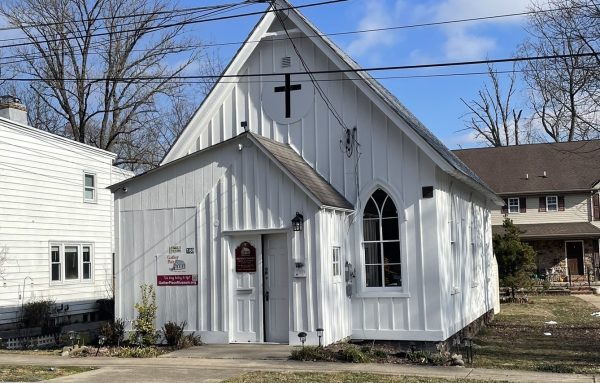
The next structural improvements for the church will include adding an access ramp and bathrooms in the rear. This will allow the removal of a bathroom addition in the front of the building that changed the original facade many years ago, when indoor plumbing was added. The historic window there will be recreated to appear as it did before the modification.
A reflection garden is also in the works, to be paved with bricks that sponsors and donors can purchase in support of Gather Place and its historic mission. Corsey says that having a bench near the water is important, as she wants this historic building and its grounds to continue to be an open and welcoming place where people – even casual walkers on the nearby tow path – can find rest and connect with community.
“This is the legacy I want to leave. I am just an ordinary lady,” she laughs. “It’s fulfilling that I am living the intergenerational blessing.”
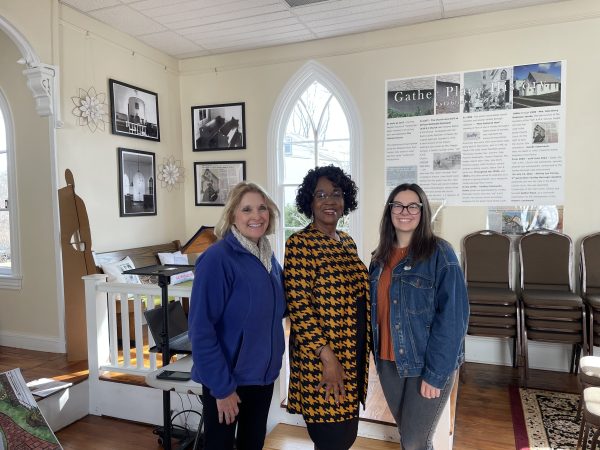
Visit Gather Place at 188 South Canal Street in Yardley. It is currently open to the public on Saturday and Sunday from noon to 3:00 p.m. or by appointment, when Corsey and her team welcome groups for private tours. Special programming includes live historical interpretation of figures like Harriet Tubman. Check their website for upcoming news and Women’s History Month programming.
(Above is a photo from a recent visit Heritage Conservancy staff made to Gather Place.)
